 Portugal is not España, but we share the peninsula with her. And it was about the only place on the peninsula that didn’t receive rain during this year’s Semana Santa. The Easter holidays were a real washout for those who had gone to Spanish coast to lie on the beach or to Sevilla to watch the processions.
Portugal is not España, but we share the peninsula with her. And it was about the only place on the peninsula that didn’t receive rain during this year’s Semana Santa. The Easter holidays were a real washout for those who had gone to Spanish coast to lie on the beach or to Sevilla to watch the processions.
Alex and I spent the long weekend meandering through the (rainless!) Algarve, the southern coast of Portugal (map), in search of the less-beaten path through the region. We fell in love with some places and others made us cringe and get in the car and keep driving. The area is popular with good reason, but, as we found, there’s a lot more to see beyond the big overdeveloped and tourist-ridden cities like Faro, Albufeira, and Lagos.
So, if you, like us, prefer to experience a more authentic Algarve and find secluded beaches and so forth, I have two main recommendations.
1. Just east of Faro you’ll find the largest fishing port in the Algarve. It’s called Olhão and it’s not a prettified place. It’s real and gritty, and full of Portuguese who make their living fishing in the Atlantic Ocean. There are two pensão in town, and the very helpful owner of ours gave us the ferry schedule to the islands just off the coast of Olhão. The ferry cost about 3 euros round trip, and was filled with Portuguese heading home to the island with their dogs and shopping bags.
 We spent an idyllic afternoon on the Ilha da Culatra, where the fishing community is alive and well, sidewalks are the only streets, and the beaches are pristine. Having not eaten lunch, we headed for the first restaurant we saw after getting off the ferry. The waitress there didn’t speak English or German, and there was no menu. She asked, in Portuguese, if we wanted fish or meat (how could we even think of eating meat on this island?)–I chose tuna and Alex swordfish. She brought out an appetizer of some of the most delicious steamed clams I’d ever eaten (above). The fish was grilled with green peppers and onion and very tasty. She also brought out a fresh green salad and crusty bread. We washed it all down with cerveja Sagres, which is remarkably good. She charged us 20 euros for everything.
We spent an idyllic afternoon on the Ilha da Culatra, where the fishing community is alive and well, sidewalks are the only streets, and the beaches are pristine. Having not eaten lunch, we headed for the first restaurant we saw after getting off the ferry. The waitress there didn’t speak English or German, and there was no menu. She asked, in Portuguese, if we wanted fish or meat (how could we even think of eating meat on this island?)–I chose tuna and Alex swordfish. She brought out an appetizer of some of the most delicious steamed clams I’d ever eaten (above). The fish was grilled with green peppers and onion and very tasty. She also brought out a fresh green salad and crusty bread. We washed it all down with cerveja Sagres, which is remarkably good. She charged us 20 euros for everything.
 We then wandered out to the beach, which we had to ourselves. After sitting in the sun for a while, we set off down the beach for Farol, another cluster of houses at the other end of the island, where we’d be getting the ferry back to Olhão. Farol, home to a lighthouse, was just as charming, but clearly more of a weekend house-type place, without the fishing business of Culatra.
We then wandered out to the beach, which we had to ourselves. After sitting in the sun for a while, we set off down the beach for Farol, another cluster of houses at the other end of the island, where we’d be getting the ferry back to Olhão. Farol, home to a lighthouse, was just as charming, but clearly more of a weekend house-type place, without the fishing business of Culatra. In Farol, the ferry unloaded what seemed like hordes of people, equipped with food and supplies for Easter weekend on the island, and we boarded the noticeably lighter ferry to ride back to Olhão, the setting sun and a trail of seagulls behind us.
In Farol, the ferry unloaded what seemed like hordes of people, equipped with food and supplies for Easter weekend on the island, and we boarded the noticeably lighter ferry to ride back to Olhão, the setting sun and a trail of seagulls behind us.
 2. Go west! After Olhão, the farther west you can get, the better. The highway ends, the hillsides covered with high rises cease, and there is generally more vegetation and fewer people as you head towards Sagres, the closest town to Cabo de São Vicente, or the southwestern most point in Europe. The coastline between the two places, about six kilometers long, is composed of stunningly high cliffs and the waves that batter them. The landscape is fantastic. A highly recommended beach is Praia da Beliche, about halfway between Sagres and the Cape, full of surfers and people enjoying its beautiful, wind-protected cove (below).
2. Go west! After Olhão, the farther west you can get, the better. The highway ends, the hillsides covered with high rises cease, and there is generally more vegetation and fewer people as you head towards Sagres, the closest town to Cabo de São Vicente, or the southwestern most point in Europe. The coastline between the two places, about six kilometers long, is composed of stunningly high cliffs and the waves that batter them. The landscape is fantastic. A highly recommended beach is Praia da Beliche, about halfway between Sagres and the Cape, full of surfers and people enjoying its beautiful, wind-protected cove (below). We stayed in Salema, on a recommendation from a friend who had been and described it as “two streets with one hippie bar.” When the highway ends soon after Lagos, you must take a national road to get any further. Salema is off this two-lane road: you drive several curvy kilometers towards the coast until the road ends and you’re in Salema, which sits right on the beach. It’s a tiny little town that’s getting bigger thanks to construction of apartments up the hillside opposite the town proper. But it’s not spoiled (yet) and there are so many fewer people than at other spots, that even if everyone is English or German, it just doesn’t matter because the beach is so lovely and it’s so peaceful.
We stayed in Salema, on a recommendation from a friend who had been and described it as “two streets with one hippie bar.” When the highway ends soon after Lagos, you must take a national road to get any further. Salema is off this two-lane road: you drive several curvy kilometers towards the coast until the road ends and you’re in Salema, which sits right on the beach. It’s a tiny little town that’s getting bigger thanks to construction of apartments up the hillside opposite the town proper. But it’s not spoiled (yet) and there are so many fewer people than at other spots, that even if everyone is English or German, it just doesn’t matter because the beach is so lovely and it’s so peaceful.
Alex and I went to the Algarve with no reservations anywhere. We found a place to stay by wandering Salema’s only street until a sign offering an apartment for rental caught my eye. We ended up renting a room in a two-bedroom apartment with a terrace, a well-equipped kitchen, and spacious living room for only 35 euros a night. (The man rents the place in August for significantly more.) We spent our last day in the Algarve in our own little cove in Salema, shielded by rocks on either side, until the tide got high enough that we knew it was time to leave.
We spent our last day in the Algarve in our own little cove in Salema, shielded by rocks on either side, until the tide got high enough that we knew it was time to leave.
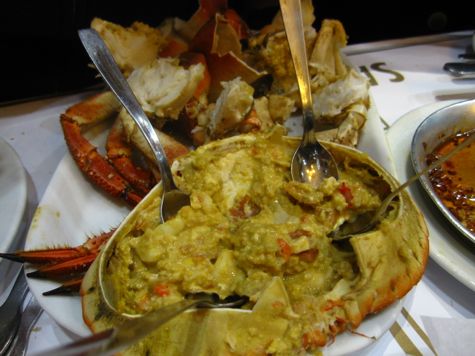
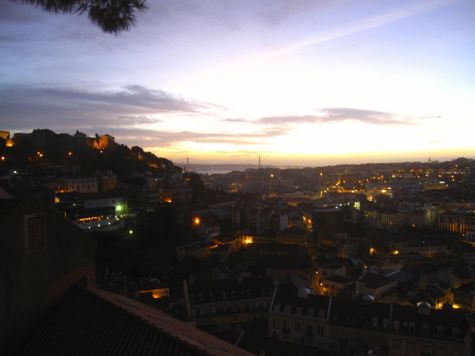
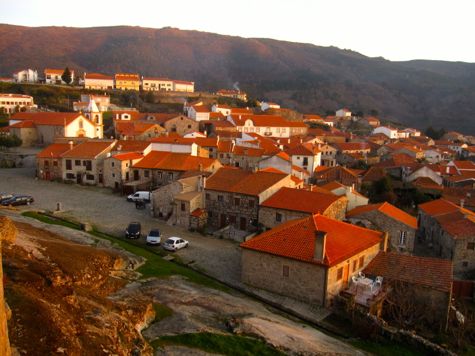
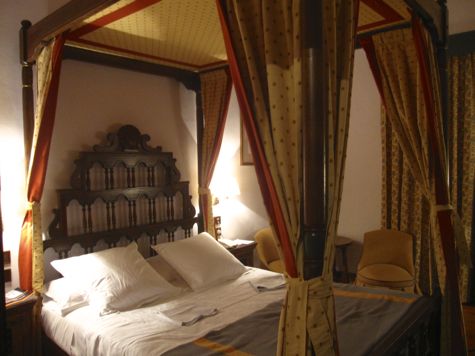
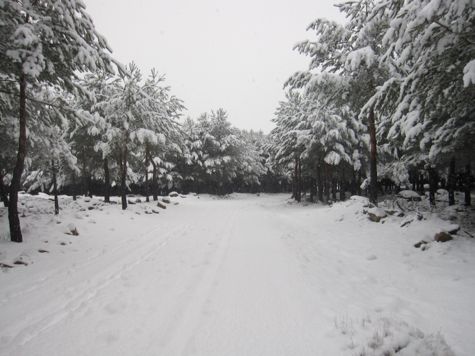
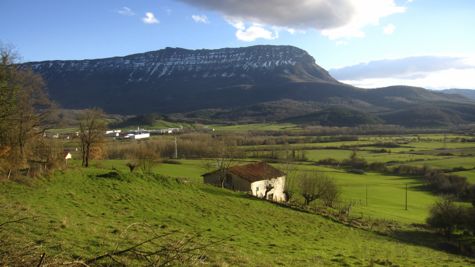
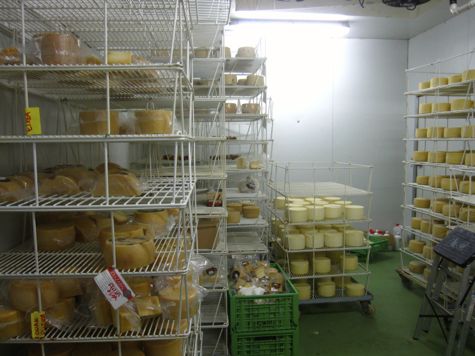
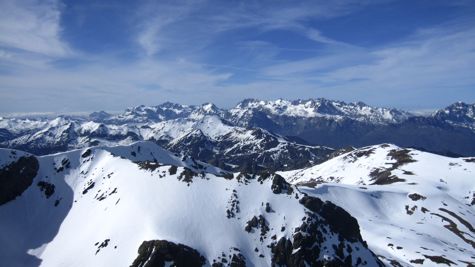
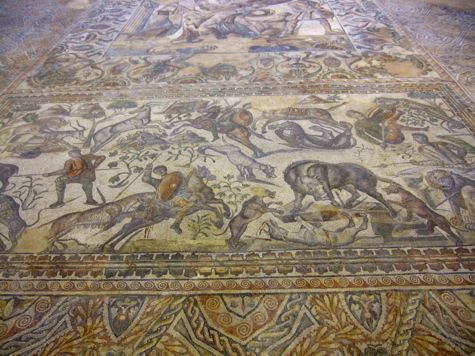
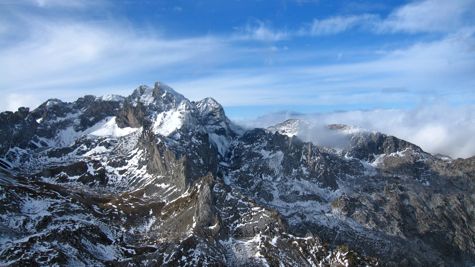

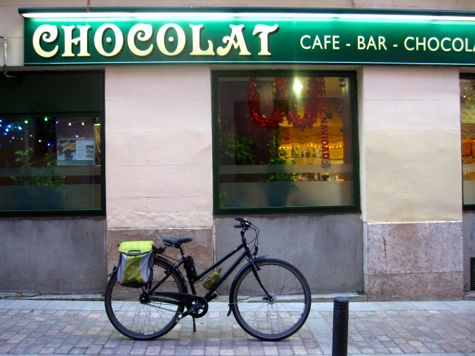
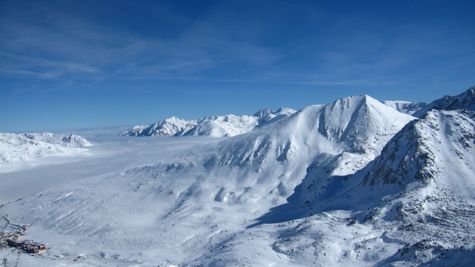
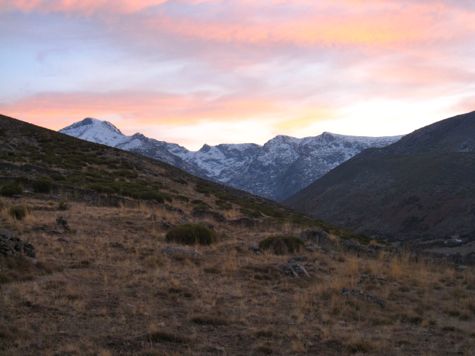

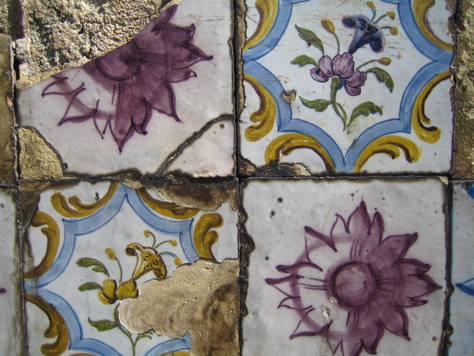
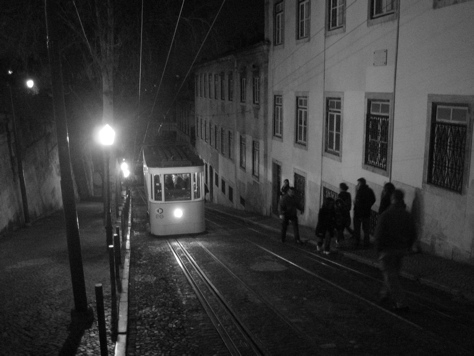

Recent Comments